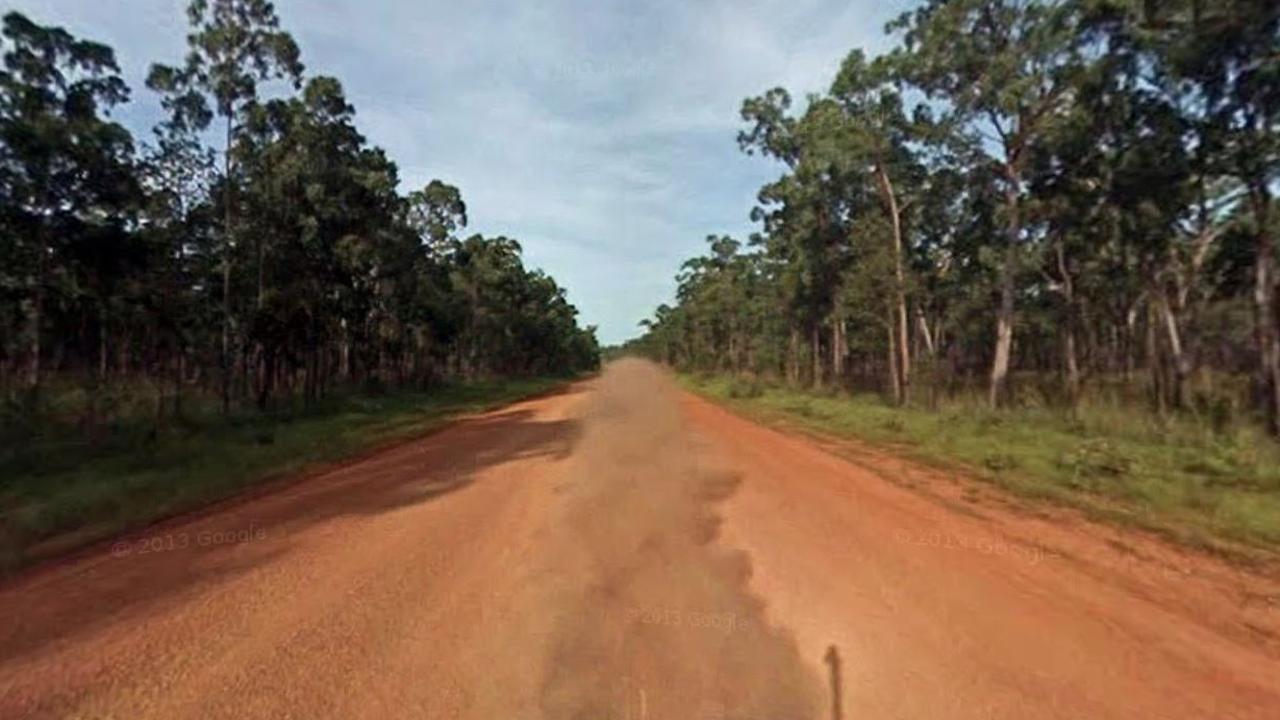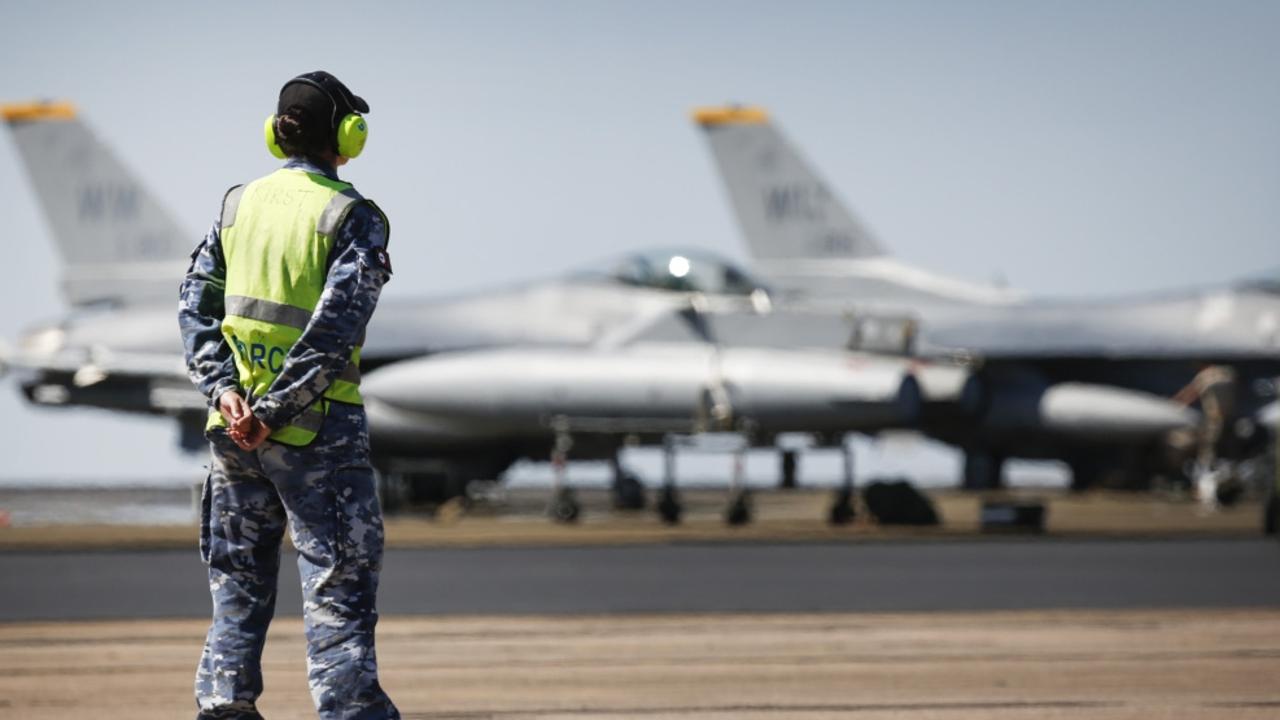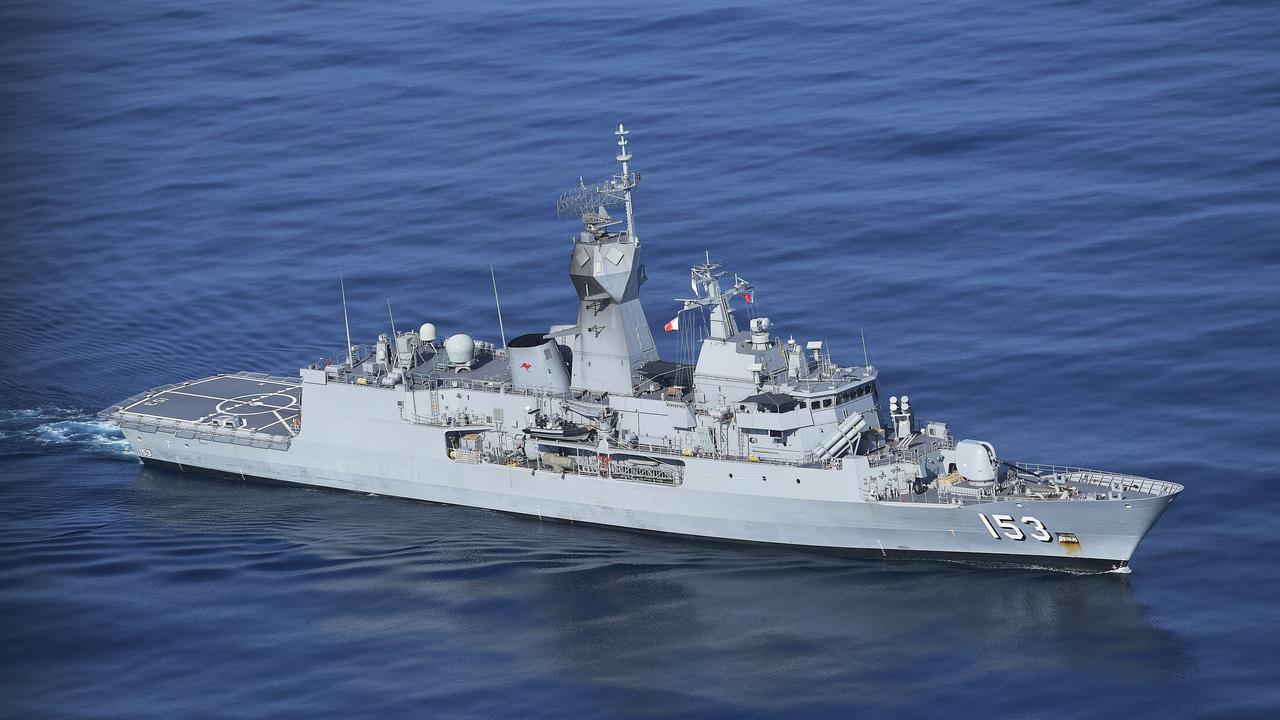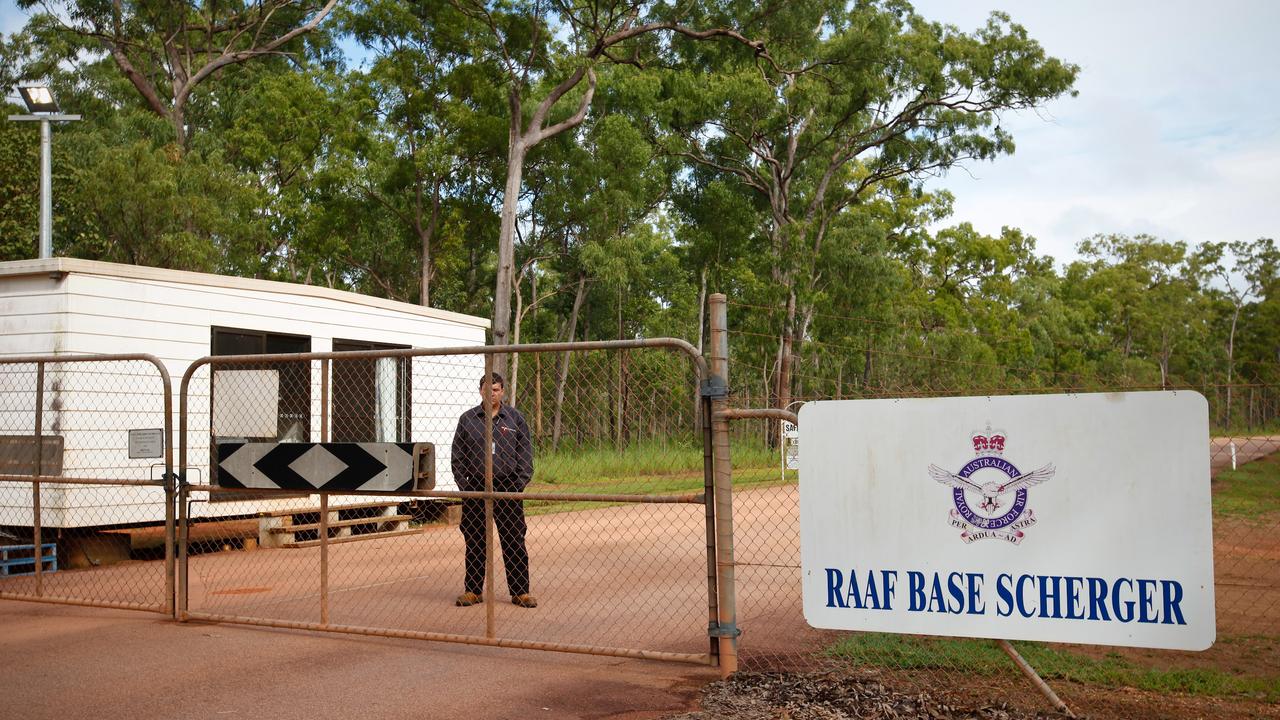Big holes in Australia’s defences north of the 26th parallel
Far from an impregnable barrier, Australia’s northern border is full of holes and a single road to an air base sums up the problem. Defence watchers say it’s a gift to an invader.
The Government has said it recognises the “vital importance of Northern Australia to our national security” despite a damning report saying our northern border was riddled with holes that an invader could exploit.
An analyst has highlighted “crazy” levels of military under-investment in Australia’s north. And a single road sums up the problem. Leading from a strategically important air base on the Cape York Peninsula, the road is little more than a dirt track and could become impassable in a heavy storm.
Meanwhile, a tank battalion has left Darwin for Adelaide because it was allegedly too wet for the vehicles in the Top End.

Massive but sparsely populated, any holes in Australia’s northern border could be a gift to an expansionist power in years to come.
It comes as China flexes its military muscles and uses soft diplomatic power, leading to a “heightened threat” level that could see Australia dragged into a regional conflict.
Defence watchers believe Australia is now particularly vulnerable above the 26th parallel — a line that bisects the country — where more active defence installations and infrastructure is needed.
A report by the Australian Strategic Policy Institute (ASPI), titled Strong and Free? The Future Security of Australia’s North, also said boots on the ground in Northern Australia were at an 11-year-low.
“Despite strategic policy commitments to Northern Australia, there’s a growing body of evidence indicating that the gap between strategic policy and the Australian Defence Force’s (ADF) activities and presence in the north is widening,” the report stated.
THE 26TH PARALLEL
The head of ASPI’s Northern Australia security program, Dr John Coyne, said the defence of Australia’s north — a vast area with few people — had always been a challenge.
Indeed during World War II, it was alleged the so-called “Brisbane Line” had existed, whereby the Government might be willing to abandon Australia north of Brisbane to Japanese forces to prioritise defence of southern industrial and populated areas.
“Looking at the 26th parallel mimics the Brisbane Line concept of the defence of Australia,” Dr Coyne told news.com.au.
The 26th parallel is a line that divides Australia from east to west. It begins at Shark Bay in Western Australia, north of Geraldton, serves as the boundary between South Australia and the Northern Territory and runs into the Pacific north of the Sunshine Coast.
Only around 2 million people live north of it, less than 10 per cent of Australia’s population.
“Everyone knows the north is important but they don’t know how to defend it or how to use it,” Dr Coyne said.


In the 1980s, Australia reassessed its military presence in the north, significantly bolstering various ADF facilities in Darwin, Townsville Cairns and Katherine.
The RAAF also set up three so-called “bare bases” in the north that have been mothballed until needed.
But this commitment has waned in recent years, the analysis reported with 95 per cent of defence personnel are now based outside of the Northern Territory.
That means reacting to an incident north of Australia takes longer if transport machinery and personnel need to be transferred from Sydney and Adelaide.

‘CRAZY’ UNDER INVESTMENT IN AUSTRALIA’S DEFENCE
The paper highlighted examples where Australia has inexplicably failed in looking after its northern most line of defence.
The road to RAAF Scherger, a bare base near Weipa in Queensland is deemed of “strategic importance” yet its upkeep is a “local government issue”. It’s unsealed and often in a poor state of repair.
An army tank unit, ostensibly based in Darwin, is now at Adelaide’s RAAF Base Edinburgh apparently because of being unable to cope with the Top End’s rain.
In 2018, ASPI said it was rumoured that a military exercise in Australia’s north was cancelled a day early because ADF has trouble supplying fuel to the remote region.
“We should be saying this is crazy,” said Dr Coyne. Meanwhile, the Defence Department has cut its spending in the NT by several billion dollars and scaled back military exercises.
Dr Coyne said Australia’s remoteness had lulled successive governments into a false sense of security.
“Northern Australia has always been vulnerable but we had the advantage of distance and size. When the global power conflict was between Russia and the US, they were half a world away from us.
“People think war is impossible but that complacency has an impact.”

CHINA’S HARD AND SOFT THREAT
In the past, defence thinking was that Australia would have up to a decade between an aggressor being identified and having the capacity to attempt an invasion.
But military skirmishes are now far more unpredictable and can happen in more ways, Dr Coyne said.
“We now have a heightened threat but the chances of having long-term warnings are far less and that complacency is ill-founded.
“A fighter pilot from Vietnam and a fighter pilot from China could shoot too close to one another and all of a sudden we’re in some kind of conflict in the region.
“This isn’t a binary issue of ‘China bad’ or ‘China not bad’. But China has been applying soft power and influence.”
The report goes further saying Beijing is “introducing new levels of strategic uncertainty,” and continues to modernise its military meaning “defence technology advantages in the region that Australia once enjoyed have rapidly eroded.”
Ideally, Northern Australia shouldn’t just be an area to deploy troops from to defend the nation, but should be a “lily pad”, or staging post, to enable Australia to push forward to a conflict or natural disaster zone further afield.

AUSTRALIA NEEDS TO STAND UP FOR ITSELF
US Secretary of State Mr Pompeo was in Australia earlier this month and was at pains to reassure America’s commitment to the region.
“The US is a Pacific nation. We care deeply about what happens here and we’re here to stay,” he told reporters.
Despite the strong words, Professor Hugh White, a one-time adviser to former defence minister Kim Beazley and Prime Minister Bob Hawke, said the US was not doing anything to push back.
“Saying it isn’t doing it,” he told news.com.au last week. “We need to think about how Australia can stand up for itself in an Asia that is not dominated by America.”
“Australia has never had to deal with a neighbour more powerful than itself, and it will take some getting used to,” he said.
A separate report by Sydney University’s United States Studies Centre released Monday, said a reluctance to spend the funds needed on infrastructure and logistics in the north was restricting the military capabilities of both Australia and US in the region.
HOW TO BOOST THE NORTH’S DEFENCES
ASPI said the three bare bases should be upgraded to a more active status to help defend areas north of the 26th parallel.
State-of-the-art roads, railway lines and ports built by mining firms could also be used by the Australian Defence Force (ADF).
“We build warships in the industrial south and deploy them in the north but we should be able to maintain them in the north as well,” said Dr Coyne.
The ADF should also conduct “stress tests” to test the nation’s ability to defend itself. But he cautioned that Australia’s defence capabilities in the north cut right across the Government.
“It’s not just Defence’s role to fix roads (in Weipa and elsewhere); it’s about nation building and the Commonwealth taking a more assertive role.
“The north looks far from prosperous now. So we have Defence saying the north is really important but the individual services saying it’s too difficult to raise, train and maintain services in the north,” said Dr Coyne.
Better roads would make the military machine more efficient while a more successful economy would make Defence personnel more keen to live in the remote region.
“An economically and socially prosperous north is one which defence can operate from.”
Defence Minister Linda Reynolds has pushed back and said the government understood the “vital importance of Northern Australia to our national security”.
Ms Reynolds was reported in The Australian as saying the ADF has 13,000 permanent staff in the north and thousands more rotated through on exercises.
“Over the next decade, over $8 billion will be invested in defence infrastructure in the Northern Territory alone. Northern Australia is key to Australian international engagement in support of our strategic partnerships.”
— with Charis Chang




